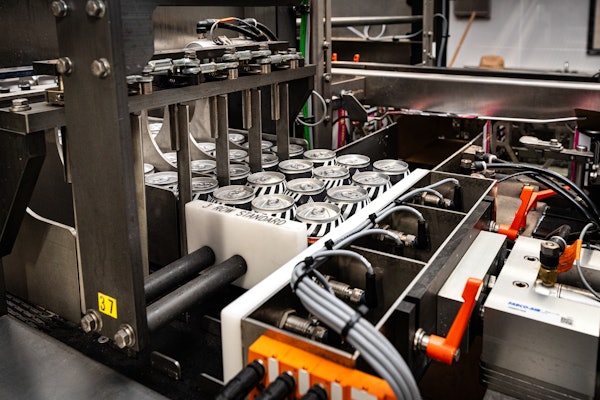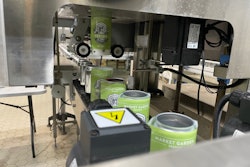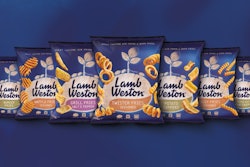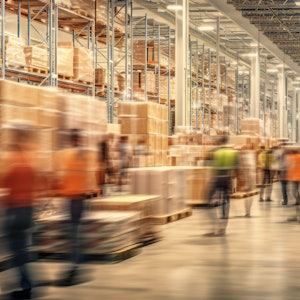
Sustainability no longer requires explanation. It has proven to be, well, a sustained effort affecting the entire product and packaging supply chain. The recent Sustainability in Packaging conference and Sustainable Packaging Symposium reinforced the scope and progress of sustainability initiatives.
Revelations abound
Still, these events continue to produce revelations. Among the most shocking is the statistic that between one third and 50% of all food is wasted, varying by nation. Symposium keynote speaker Andrew Speck of Marks & Spencer confirmed that 33% of food is thrown out in the UK .
Yet, he noted that something as simple as shrink wrapping cucumbers will increase their shelf life by 10 days, switching from trays to flow wrapping has added 2 days to the shelf life of beef, and replacing a carton with a sleeve reduced material use by 70%.
What about machinery?
Renewable, bio-based materials continue to dominate the presentations and tabletop exhibits, from bamboo fiber to polymers derived from sugar cane. How do these materials run? Very well on existing machinery, say the suppliers.
Yet, material choices can have large ramifications on machinery. An injection molder attending the Sustainability conference related that the increased wall thickness and flow characteristics of a bottle made with PLA requires different tooling from conventional materials.
Conversely, lightweighted plastic bottles require more sensitive torque control for capping to keep from deforming the threads and even twisting the bottle. The servos used to provide this order-of-magnitude more precise control and feedback also increase the machine’s flexibility and ability to detect defects. The added precision also lends itself to highly synchronized configurations such as monoblocs, which reduce accumulation space and downtime due to blocked or starved machinery.
Formulating a sustainable packaging machinery strategy
Tom Jensen, technology evangelist for B&R Packaging Solutions, is available to consult packagers and machinery builders on the latest mechatronics engineering concepts, standards and controls developments.
These enabling technologies are key to packaging machinery that can handle a wide range of products, materials, unstable package designs and future developments. More responsive controls can sense and change package handling characteristics on the fly to overcome material variability issues, opening the door for more recycled content.
Perspective: sustainability is a supply chain management strategy
At the Sustainable symposium, several speakers analyzed the business case for sustainability – a refreshing perspective. This panel evaluated not just material choices but factors such as plant siting decisions based on issues such as transportation costs and availability of renewable energy sources.
So too, product protection remains the primary criterion for packaging. Speakers at both conferences emphasized how underpackaging and resulting product waste broadens a carbon footprint dramatically compared to overpackaging.


























